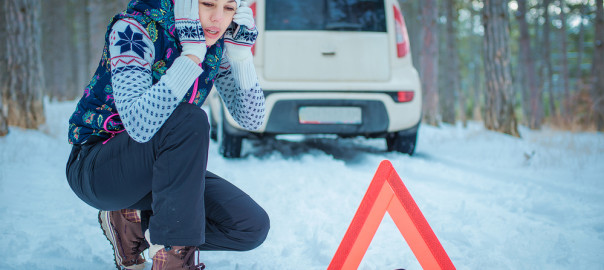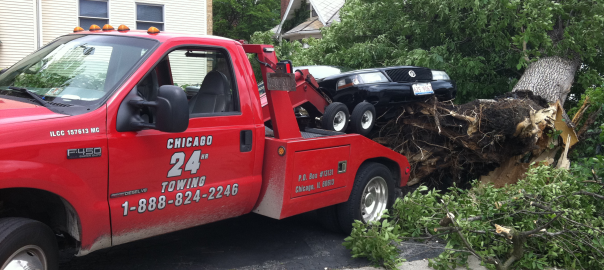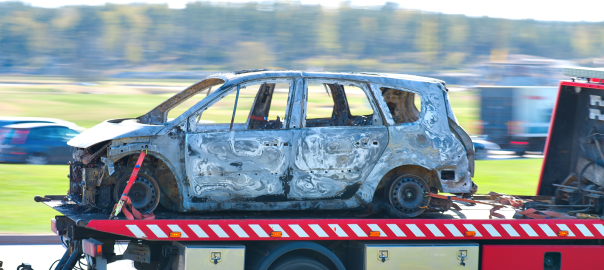It can be quite annoying when you put your key inside your vehicle’s ignition slot and it won’t turn. Your mind can be floating everywhere trying to figure out what’s wrong, with no clear cause or reason for the key’s malfunctions. Here’s Chicago Towing’s quick guide to reasons keys sometimes don’t turn inside ignition.
If you’re car owner without any warranty on your vehicle, jamming keys can pose both a severe annoyance and a high cost. If you need to jiggle the ignition in order to start the car, it’s a sign of problems starting, and you should contact a professional right away. Poor design can be a cause of ignition problems. Another potential cause is a lousy connection between the transponder microchip inside the car key and the car’s computer. This reconnection is a highly technical operation best handled by an affordable expert automobile locksmith. It’s best to handle these situations as soon as possible, as with a faulty ignition, you can get stranded anywhere.
You may have any of these following issues:
- Hard turning key in ignition
- Ignition is stuck or sticking
- Key comes out of ignition dirty
- Key gets stuck in particular position
- Key is frozen
An expert locksmith can easily handle this sort of job, at a fraction of the cost that it would require at an automobile dealership.
Fixing Ignition Keys that get Stuck
- Check to see if the parking brake light is on, so you don’t roll away when you turn the key.
- First apply pressure to the key, and turn the steering wheel to find a spot to turn the key.
- Most cars won’t allow you to turn the key unless you are in park position.
- If this doesn’t work, clean out and then lubricate the cylinder of the lock with electrical contact cleaner, and a small spray of silicone or graphite. Make sure not to drip any of these solutions onto the seat or carpet, and keep the windows open to prevent any fumes. Of course, avoid any flames or sparks near the lock cylinder, as these solutions are often flammable.
- If the key still won’t turn, the issue is likely inside the tumbler which may be stuck locked. Tap the face of the lock cylinder with a tack hammer for about 60 seconds.
- If they key still won’t turn, inspect the key for any distortions by laying it on a flat surface and seeing if it looks crooked or arched. If it is, hit it with a heavy object to flatten it out, but try to avoid any heavy metal object as it can cause further distortion to the key’s grooves.
- If the key still won’t turn insert it in the ignition and tpa it lightly with a hammer.
- If all these measures fail, contact a licensed, professional locksmith.




